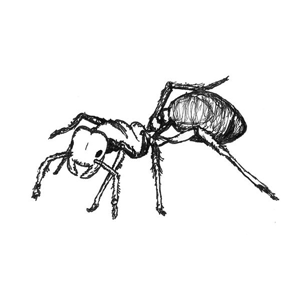Fire Ants Survive Flooding by Floating on Their Babies!
By Chris Williams on March 6, 2014.
 Fire ants are aggressive, unpredictable, and bite and sting severely. Fortunately, we don’t have to deal with these more southern pests here in the Northeast. Even if you don’t care much for ants in general, read this and see if you don’t agree that fire ants do amazing things to make sure that their colony survives.
Fire ants are aggressive, unpredictable, and bite and sting severely. Fortunately, we don’t have to deal with these more southern pests here in the Northeast. Even if you don’t care much for ants in general, read this and see if you don’t agree that fire ants do amazing things to make sure that their colony survives.
During a flood and when in danger of drowning, fire ants build a living raft by locking their legs and jaws together. Water doesn’t penetrate the raft. In fact, the ant raft is so buoyant that researchers had to push the rafts 8 inches underwater before any water leaked through. An ant raft can survive for months, just floating along. This behavior not only explains how ants survive flooding, but also explains how they colonize new areas—by just floating in.
To watch the ants at work, researchers dropped entire fire ant colonies of thousands of ants into water. At first, the colony formed a sphere. Then ants on top of the ball crawled down and grabbed onto water-level ants. The next layer of top ants then crawled to the edge and so on. In only about a minute and a half, each ant sphere had flattened into a dome, then flattened further into a pancake-shaped raft, about 2 to 3 ants thick.
Recently though, researchers looked more closely at the composition of the ant rafts, wondering which ants ended up on the bottom and where the ants placed the more valuable members of the colony like the queen and the young (called “brood”). When the study ants were forced into water, they placed the queen high and dry in the center of the living raft—no great surprise. What was a surprise was that the ants placed the brood…their offspring, their babies, their future…on the bottom. The ants were using the helpless larvae and pupae as little white pontoons to keep their raft afloat!
Turns out it made perfect ecological sense. The pupae and larvae are more buoyant than the adult ants, so life rafts lined with brood survived better in the long run than those that did not have babies on the bottom. The rafts with brood as flotation had more surviving ants overall and the larvae and pupae seemed to suffer no ill effects.
Photo credit: Fairy Brutal / Foter / CC BY-NC-ND